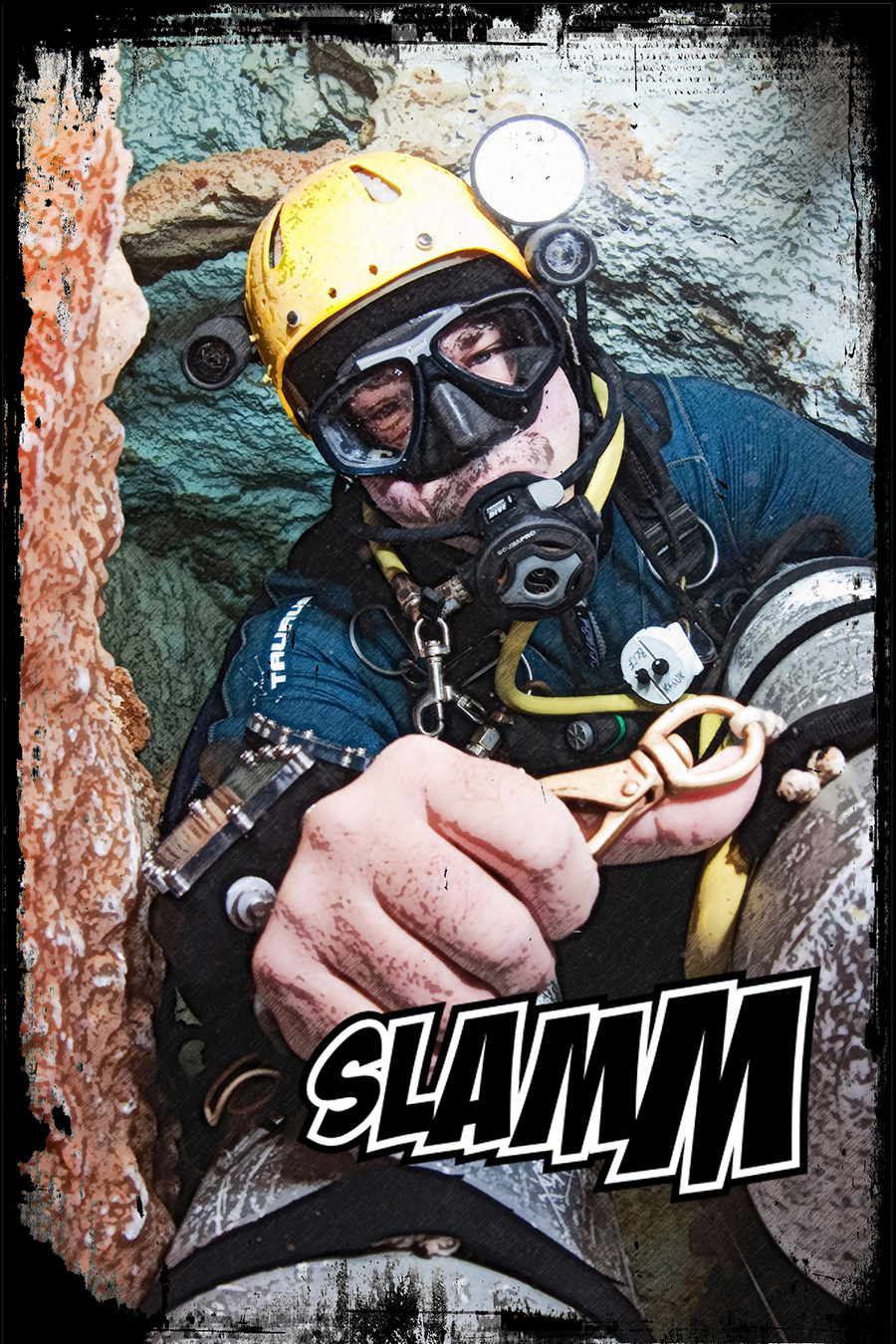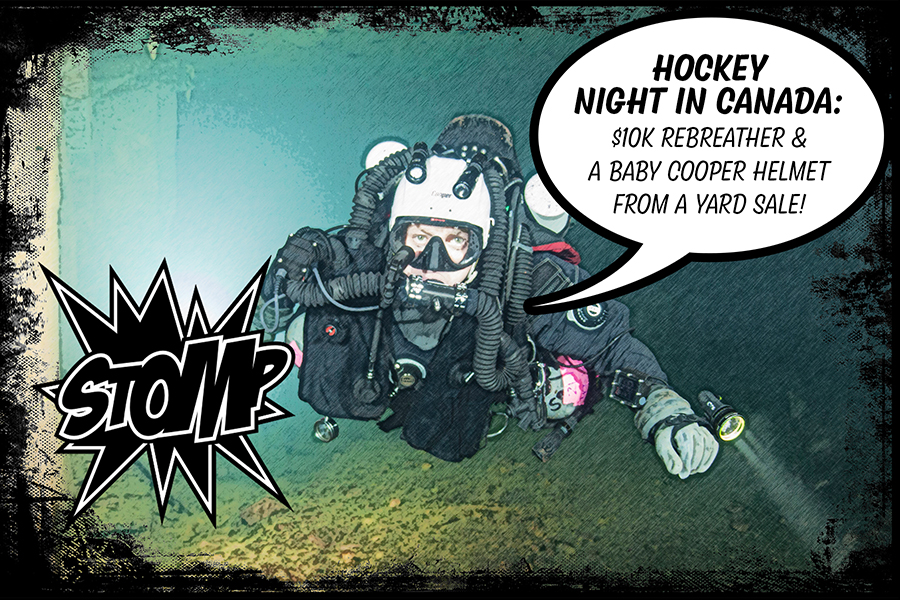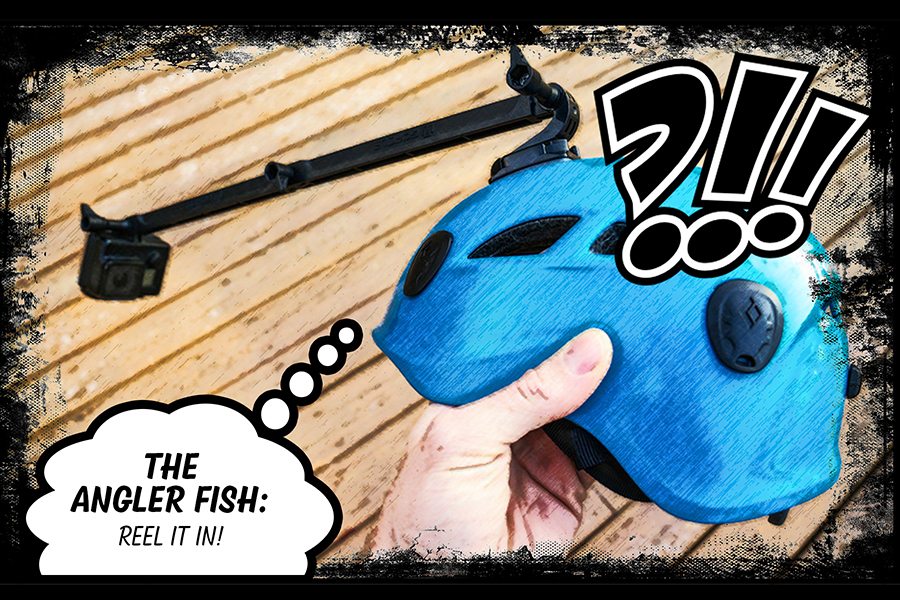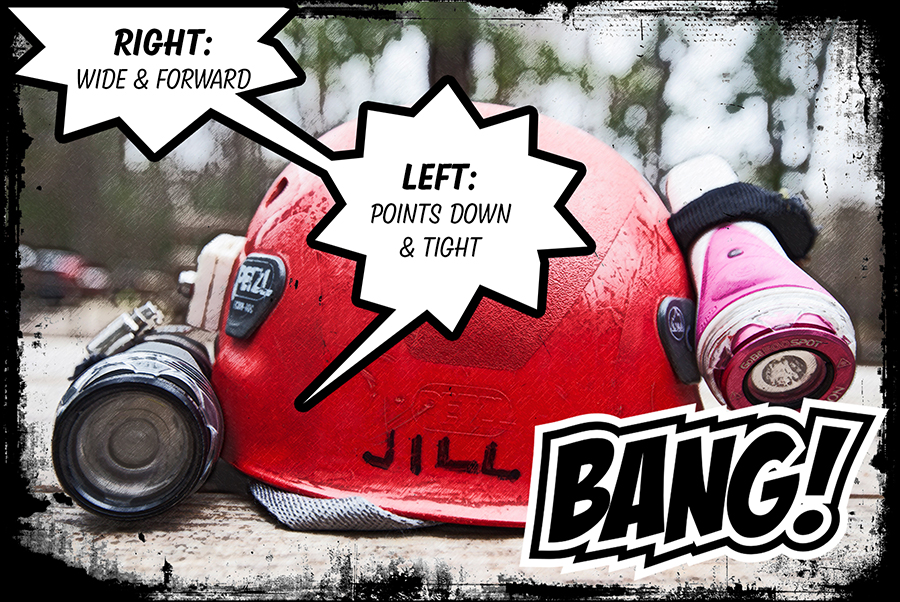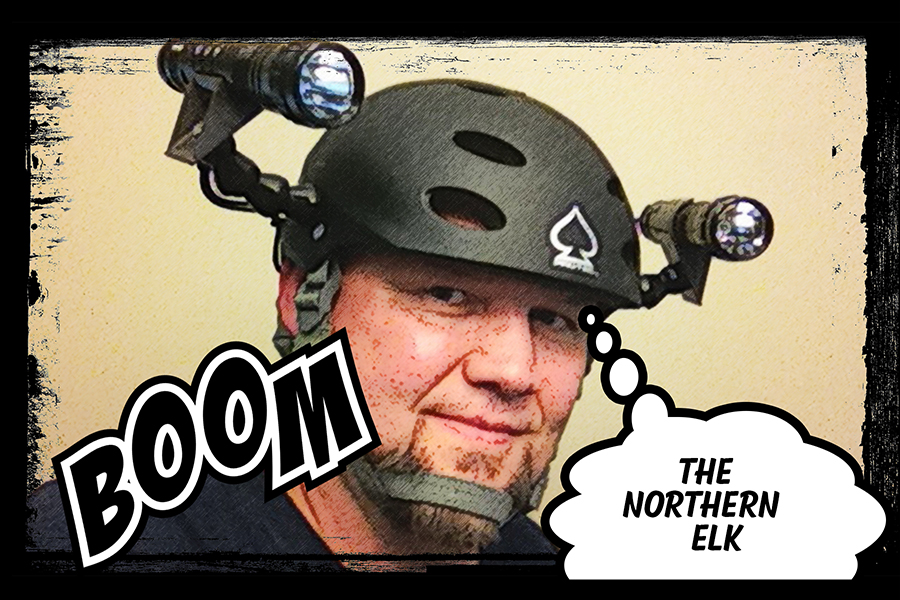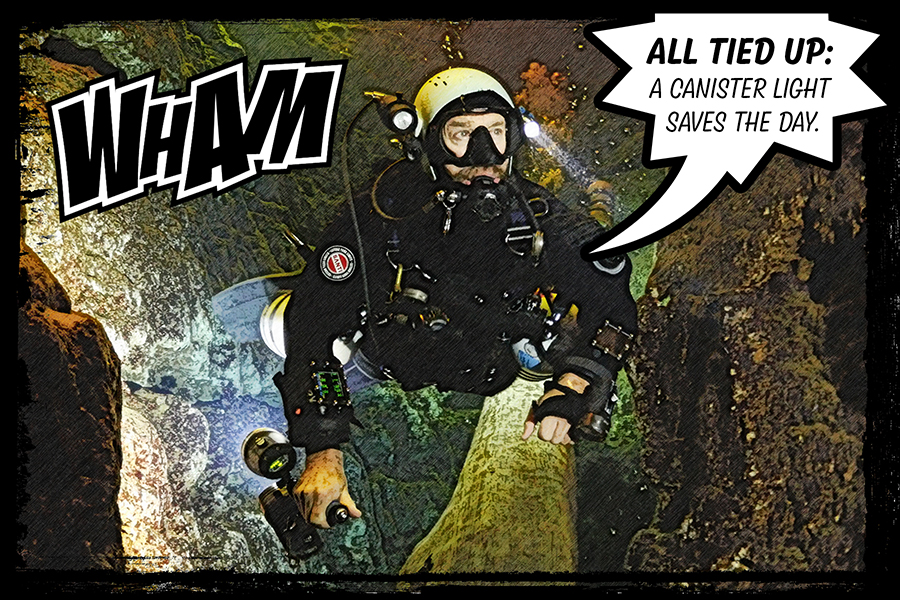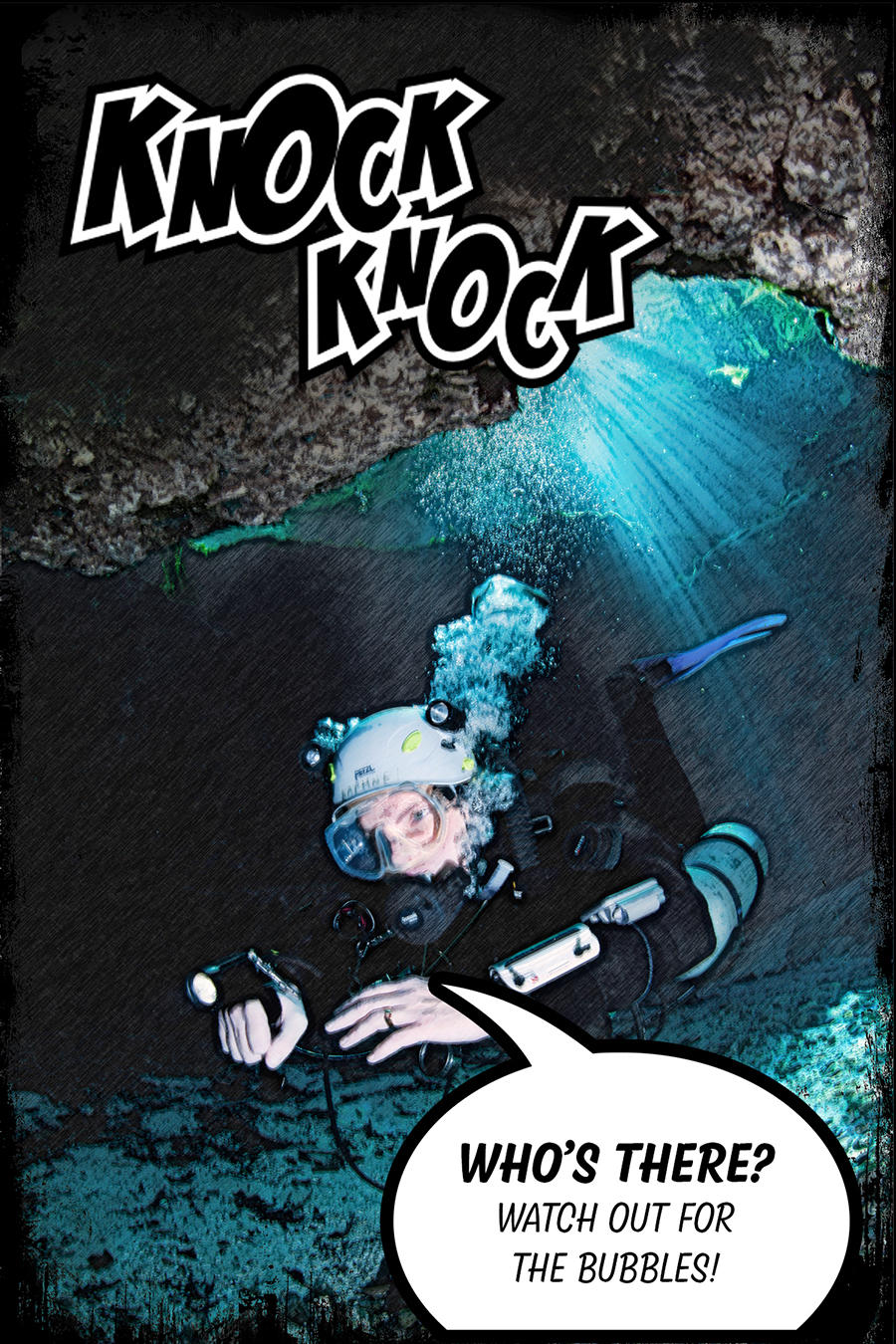I have never figured out why so few North American technical divers wear helmets. Perhaps helmets never reached the Pantheon of hip here. Divers in other parts of the world would never consider exposing their scalps to the ceiling of a cave or wreck without protection. Diving in an overhead environment, there is a high likelihood that you will bump your head. It might not be a major incident, but if you use a Diver Propulsion Device (DPV), contact with a rock or hull of a ship could knock you out. A helmet will not only protect you, it offers an opportunity to attach lights and even a GoPro in a handy location.
Not all helmets are ready to dive “off the shelf” and there are several important points to bear in mind for your DIY helmet project.
The Shell
Start with a basic helmet with adjustable, interior suspension straps. Foam filled helmets are very common for skateboarding, cycling and other sports, but they are unsuitable for submersion. The foam inside those helmets is extremely buoyant and will make it almost impossible to sink. I have seen some people painstakingly dig foam out of their helmets or add weights to the interior, but the end result usually destroys the safety structure of the helmet and even makes it un-diveable. Kayaking, construction and some styles of rock climbing helmets offer the feature of interior suspension straps that can be quickly adjusted with a small fly wheel using one hand. The adjustment wheel is a small round dial or ratcheting wheel that adjusts the circumference of the interior headband. This feature will be very valuable if you switch between differing neoprene hood thicknesses in various water temperatures.
Chin and Side Straps
Adjust the chin strap so it is comfortable and secure without feeling like it is strangling you. If the helmet strap is too short, you may have to replace it with a bungee strap. Any modification such as this may destroy its safety rating out of the water, but unless you have overhead risks such as those encountered by sump divers, this may be okay.
Vents
The air vents in the side of the helmet offer thermal comfort out of the water and bubble outlets underwater. These holes can also serve as mounting points for lights. It is far better to use these engineered outlets for mounting rather than cutting or drilling new holes in a way that might damage the structure of the helmet.
The Lights
I use Light and Motion GoBe lights. They are activated with a simple push button switch. Lights that require turning a bezel may not be suitable for this application. Bezels can be tough to operate with one hand while the helmet is on your head. You might find the entire light spinning in place instead of triggering the switch. I use a GoBe SPOT on the left side of the helmet and point it slightly downward. I want the left light to illuminate a notebook or wrist slate when I am writing with my right hand. My preference for the right side is the GoBe SEARCH. It is a little brighter and has a wider beam. I point that light so it illuminates the cave in front of me when I am in the horizontal swimming position. It acts as the best possible backup light and is actually bright enough to serve as a primary. The GoBe lights have one more important feature. They never need to be opened for charging. The charging cable snaps on the light in place on the helmet. It is quick and easy to charge without breeching any seals and is therefore unlikely to flood.
Attachments
Decide whether it is important to be able to remove your lights from your helmet. You can permanently mount the lights for best security or you can use some very snug bungee cord to hold them in place. In this case, I recommend a small bolt snap fastened to the back of the light. Snap the clip onto the bungee cord as a secondary point of security in case the light slides out of its snug sleeve of cording. If you ever have to deploy the light, you can clip it off as needed.
When choosing the attachment site be careful to consider your swimming position and ergonomics. Lights that are aimed effectively may not look symmetrical or level when the helmet is placed on a table. What is important is that they are well aimed for your swimming position. Before you commit to a permanent location for the lights, take the helmet on a few dives and try using the lights. Ensure your stream of bubbles does not cascade across the face of the light. Bubbles can create a distracting flicker that also appears as an emergency light signal to a dive buddy. I prefer Hollis SE500 side exhaust regulators since they are breathable in either a right handed or left handed exhaust position.
Primary Light
Some divers choose to mount their primary light on their helmet. That can make activities such as surveying easier. If your light is a canister style design, you can purchase a releasable or permanent saddle that can be affixed to the helmet, such as models manufactured by Light Monkey. Generally divers choose the releasable version for ease of gearing up. I prefer keeping my primary light in my hand for easy aim. The hand-mounted Sola Tech600 by Light and Motion is my preferred primary light.
GoPro Cameras
There are many great helmet mounts available for GoPro cameras. The stock mount accepts the male camera clip into a female receiver which is affixed to the helmet with included double sided tape. The male side of the mount pivots to enable you to point the camera in the proper direction. Once you are geared up in your new helmet, do a short test run of the camera and double check the field of view, otherwise you might end up with an entire file looking down the front of your chest rather than out into the blue.
Remember that if you use your head-mounted lights and/or camera, you need to think about being very stable with your head movements. If you are constantly looking around you may be creating unusable footage on your camera and if you blind your fellow diver with glaring lights, you may soon be looking for another buddy!
